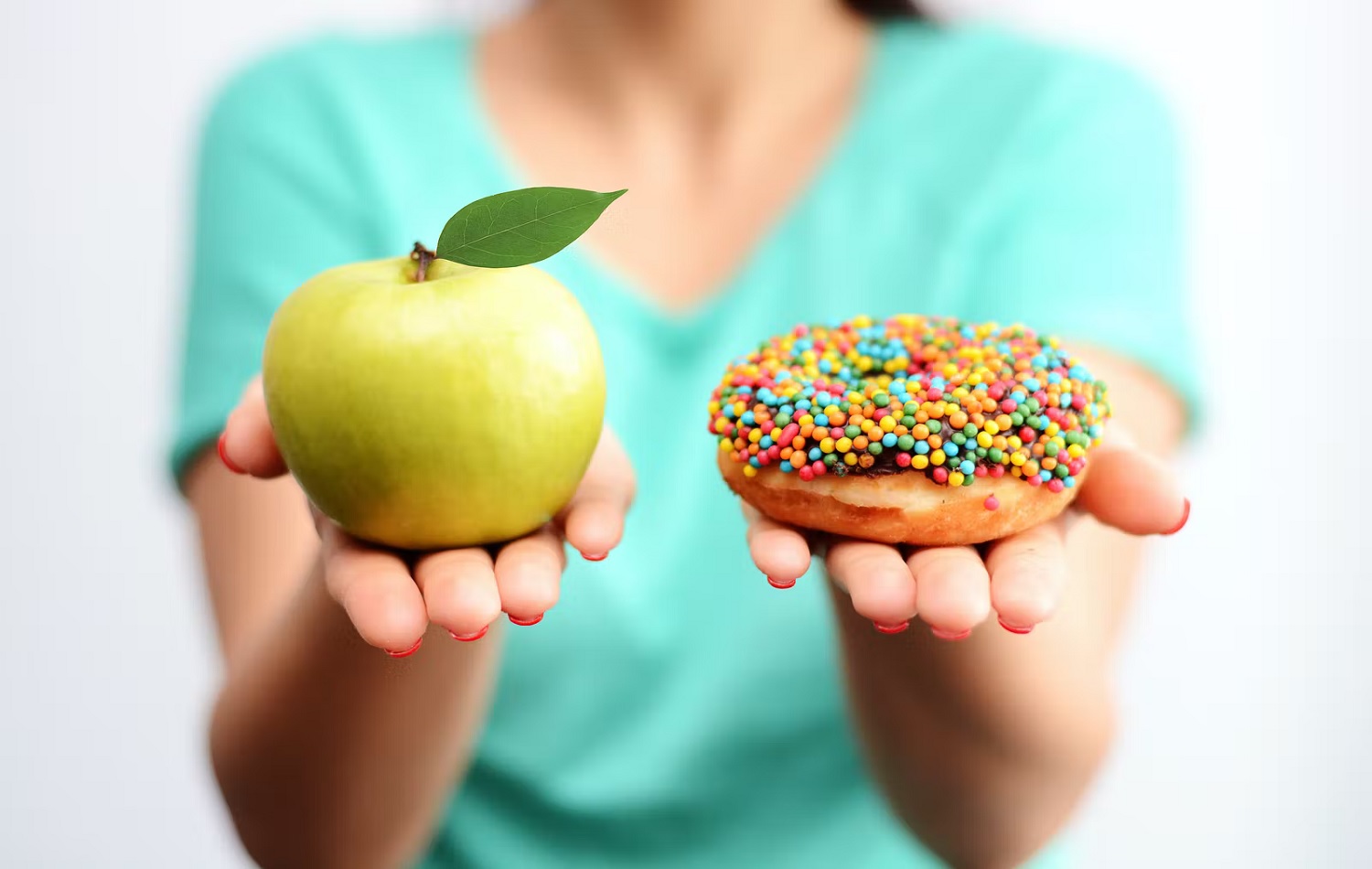
Prediabetes and type 2 diabetes are both associated with insulin resistance. insulin resistance means that your body can’t handle the amount of insulin your body is producing. Your pancreas, which is one of your body’s organs, is used to produce insulin.
It aids in preventing your body from absorbing too much sugar (glucose). Glucophage provides a source of energy. Sugar, on the other hand, can have a negative impact on your health if consumed in excess.

Table of Contents
Insulin resistance symptoms
Even after getting a blood test, most people aren’t aware that their bodies are resistant to insulin. Every now and then, everyone’s blood sugar levels rise too high. While your blood sugar level is always high, you may notice that you’re thirstier than usual, urinating more frequently, feeling more tired than usual, or experiencing some blurred vision or tingling in your feet.
Insulin resistance can be caused by a variety of factors.
One of the most common reasons for insulin resistance is obesity (abdominal fat) and an inactive lifestyle, as well as a diet high in carbohydrates. Pregnancy can cause an increase in insulin resistance in some women. Gestational diabetes is the medical term for this condition. Insulin resistance has been linked to a number of health issues, including diabetes.
This includes coronary artery disease, nonalcoholic fatty liver disease, and polycystic ovary syndrome (PCOS)…
Insulin resistance has been linked to a number of risk factors, including:
My own family members have been diagnosed with diabetes.
- A way of life characterized by inactivity and inactivity
- People of different racial backgrounds (mainly in case you are Black, Hispanic, or Native American)
- A person’s chronological age (the older you get, the extra your hazard increases)
- Hormones
- Use of anabolic steroids
- Some drug therapies
- A lack of quality sleep
- Smoking
Do you know how to identify insulin resistance?
Your doctor will examine your weight, take your blood pressure, and ask you questions about your symptoms and the health records of your immediate and extended family members. A blood test is necessary to diagnose insulin resistance.
The blood sample is taken either by having a needle inserted into a vein or by pricking the finger with a small amount of blood. You may be asked to refrain from eating or drinking anything other than water for eight hours prior to the test.
A laboratory can conduct tests on the patient’s blood pattern. Your fasting blood sugar level will be assessed. Insulin resistance is a sign if you have more than 100 mg/dL of insulin in your blood. In addition, your doctor can also order a lab test to check your LDL cholesterol levels (from the identical blood pattern). Insulin resistance is commonly associated with elevated levels of the bad cholesterol LDL.
After the twenty-fourth week of pregnancy, the American Academy of Family Physicians (AAFP) recommends that all pregnant women be tested for gestational diabetes via blood glucose levels. AAFP also recommends blood glucose testing for overweight and obese adults between the ages of 40 and 70 who are at risk for coronary heart disease.
Is it possible to prevent or avoid insulin resistance?
Race, age, and the medical records of your own family circle are all potentially hazardous elements that you have no control over. You can lower your insulin resistance by losing weight (even 10n can make a difference), exercising regularly, and eating a healthy diet.
Choose carbohydrates that are good for you. As an example, eat whole grain bread instead of white bread, drink water instead of soda, and limit your intake of sugary foods.
Having or having had gestational diabetes, insulin resistance usually goes away with childbirth if it existed. However, as you grow older, your risk of being diagnosed with type 2 diabetes increases. If you don’t change your diet and lifestyle early enough, you’ll have to do so sooner rather than later.
Drugs used to combat insulin resistance

Exercise, weight loss, and a healthy diet can increase insulin sensitivity. However, most people also want pharmaceuticals. In addition, your doctor can prescribe a medication that meets your fitness and lifestyle requirements. If you have type 2 diabetes that is out of control as a result of insulin resistance, you may require insulin therapy (given via a pump or day-by-day injection).
Insulin resistance: a daily struggle
In addition to taking the prescribed medication, people with insulin resistance need to make lifestyle changes. Choosing food, reading labels, and keeping your weight loss are all going to be top priorities as you go through this phase. You’ll also have to decide whether or not to exercise on a regular basis and take your prescribed medication.
